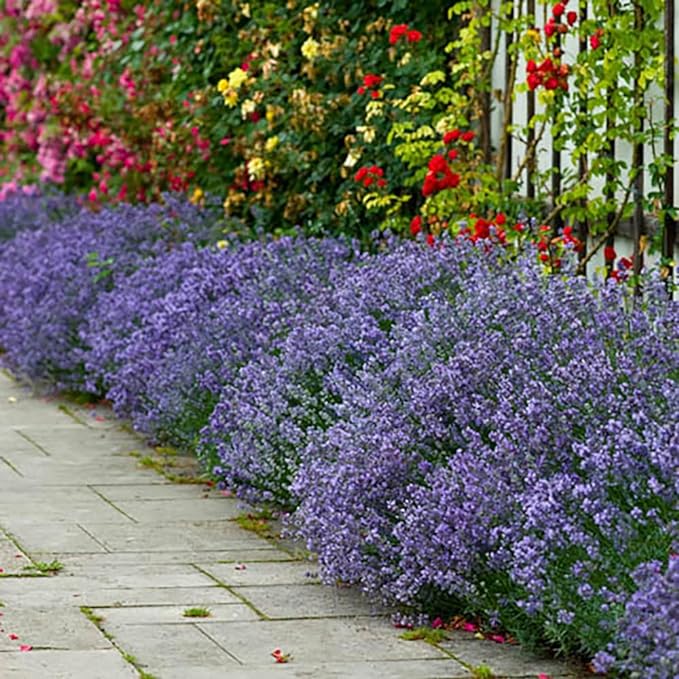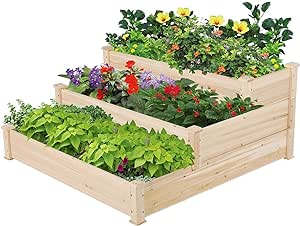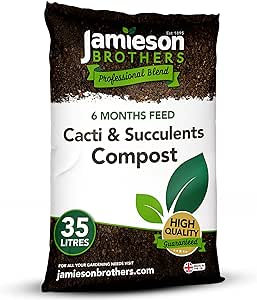As an Amazon Associate I earn from qualifying purchases.
On the JJ Barnes Blog, as lavender is one of my favourite scents, but not I’m not know for my green fingers, I decided to check out top tips for how to grow lavender.
How To Grow Lavender
Confession time: while I absolutely love the scent and look of lavender, my gardening skills are about as impressive as a cactus in the Sahara. Plants seem to wilt under my hesitant touch, leaving me with a graveyard of once-hopeful greenery. However, I’m always looking to learn and improve, so I decided to embark on a mission and discover if someone like me could learn how to grow lavender.
To help me out, the plant experts at Ashridge have sent over some essential tips and tricks to help me learn how to grow lavender plants so I can try and conquer this challenge.
Which lavender plant should I buy?
If you want to bring lavender’s fresh, floral scent to your home, you must be fully aware of which plant you are buying and its exact properties.
English lavender is much more hardy than European alternatives like French or Spanish lavender, meaning your plants are more likely to survive outside during winter. French, Spanish, and even hybrid lavender is much more tender and should be protected from harsh weather.
The perfect time to plant lavender
Thanks to warmer weather conditions, the turn of spring is the best time to begin planting lavender.
The plant thrives in dry soil and can rot in cold, wet conditions more associated with winter. Planting in April or May gives your lavender time to settle and flower beautifully over the spring and summer.
Where to plant lavender
Lavender grows best in sun-drenched spots with at least six to eight hours of full sun each day. It is best to avoid planting your lavender near large plants and trees to minimise the chance of them being covered in shadow.
Experts suggest leaving between 1.5ft and 3ft between plants to allow for unrestricted, tidy growth. Once you find the perfect sunspot in your garden, ensure your lavender is planted in a raised bed, along a wall or at the top of a slope. This placement will help improve your plant’s drainage and prevent it from getting waterlogged.
Can you plant lavender indoors?
While many people use the warmer, brighter months to grow lavender in their gardens, those looking for a vibrant indoor plant can also choose lavender. Due to its level of hardiness and its calming nature, lavender is an excellent, low-maintenance plant for any home. In fact, its strong, beautiful scent also serves as an excellent deterrent to pests like moths and flies.
Just ensure your lavender plant has a quality potting soil combined with a little cactus mix and is positioned at a south-facing window to soak up as much sunlight as possible.
Is lavender poisonous to pets?
Lavender contains a small amount of linalool, a compound toxic to dogs and cats. However, toxicity is not a common issue due to the plant’s small concentrations of linalool.
If your dog or cat were to ingest large amounts of lavender, this could result in vomiting, diarrhoea, and other more severe conditions. Luckily, dogs and cats usually dislike the scent of lavender, which should deter them from going near your plants.
Which soil is the best choice for my lavender?
With its Mediterranean origins, lavender thrives in sunny conditions with excellent drainage. Avoid planting lavender in wet ground and instead opt for a mixture of well-drained, slightly alkaline soil.
You can use clay pebbles and pumice to enhance the drainage of your soil mix, as well as some compost to add that extra bit of richness. Half-hardy or tender lavender is best planted in pots so it can be easily moved to more sheltered locations during the cold, wet winter months.
How often should I water my lavender plant?
Lavender is one of the less demanding plants to care for, as its Mediterranean heritage means it doesn’t need to be watered too often. The weather conditions determine your watering schedule. In the warm summer months, it is recommended to water your lavender plant pots every few days, while once a week during winter will suffice. However, if you are planting lavender in a bed, watering is only necessary during prolonged drought, thanks to the nutrients and water provided by the deeper soil layers.
When caring for lavender, you should always water it in the early morning to allow for evaporation during the day, and DO NOT wet the branches or leaves, as you will increase the risk of fungi.
How and when to prune lavender
Pruning and caring for your lavender plants heavily depends on your plant’s hardiness. For gardeners with hardy English lavender, the plant can survive temperatures as low as -15°C and stay in the garden all winter. They should be cut back after flowering (usually in August) without cutting into old wood or removing green shoots.
Hybrid lavender should be pruned no later than September after the first flush of flowers. Tender lavender should be deadheaded and pruned when overgrown and shabby.
Lavender may be the answer to better sleep
The scent of lavender has often been associated with sleep and relaxation. Both lavender oil and indoor lavender plants can be used to improve sleep quality. Research shows that inhaling lavender while asleep can boost the time spent in a deep sleep, as well as help relieve insomnia, depression, and anxiety by interacting with your brain and nervous system.
There are various ways lavender oil can be introduced to your sleeping routine, including through skin application, pillow spray, tissue, diffuser, or a hot cup of lavender tea.
The secret to unlocking potential hair growth
While the components of lavender are proven to effectively promote anxiety relief, some studies suggest the plant could even unlock hair growth. Lavender oil is regarded as a beneficial addition for hair care, with its anti-inflammatory and antimicrobial properties helping boost the overall health of your scalp.
While this alone could serve in promoting hair growth, early clinical trials show that lavender oil may directly promote hair growth and prevent dandruff. Lavender oil can be added to your hair care regimen by adding drops to your shampoo, using products with lavender oil, and even creating a unique massage oil.
Growing Lavender
So, there you have it! Armed with these top tips and a newfound sense of optimism, I’m ready to give lavender growing a shot. There might be a few bumps along the road, but I’m feeling surprisingly hopeful. After all, lavender seems like a forgiving plant, perfect for novice gardeners like myself.
Lavender is one of the most popular plants during springtime, so it’s essential that you know exactly how to care for them so they can bloom beautifully. Understanding the hardiness of your lavender and what it can handle is paramount to producing a beautifully flowered plant.
Once bloomed, lavender can even be used for various health benefits, including improving sleep, reducing anxiety, lessening blood pressure, and even promoting hair growth.
-Julian de Bosdari, CEO at Ashridge
Amazon and the Amazon logo are trademarks of Amazon.com, Inc, or its affiliates.










